|
Happy New Year! Are you ready to embrace 2024? I certainly am! I have lots to share with you over the next few months, which includes more insights on my trip to Mt. Etna and Alentejo, a Bulgarian dream tour, and lots of wine from around the world! With the season’s first significant snowstorm in progress, I decided to sample a few red wines to entertain my palate while the snow piles up outside. So, let’s start toasting the New Year with these tasty treats from Italy, Portugal, and Chile. Masciarelli Montepulciano d’Abruzzo DOC 2020 Masciarelli Tenute Agricole is a family-owned winery founded in 1981. Led by mother-daughter team Marina Cvetić and Miriam Lee Masciarelli, the winery is the only one in Abruzzo to own land in all four provinces ((Chieti, Pescara, Teranio, and L’Aquila.) They have 350 hectares of estate-owned vineyards and are committed to sustainability in the vineyards and the winery. Masciarelli has 22 labels and seven product lines. This wine is 100% Montepulciano, hand-harvested from nine specific vineyards. It is aged in stainless steel tanks and then bottled without fining or filtration. Nose: Violets, cherry, berries, and spice. Palate: Juicy bing cherries, red berries, spice, and a hint of herbs. It is nicely balanced and good value for the price! Alcohol: 13.5% SRP: $15 Pairing suggestions: Pizza, pasta, grilled meat, or charcuterie board. Dos Lusíadas Pinteivera Tinto Douro Valley DOP 2018 Michel Chapoutier is an iconic winemaker and wine merchant known for his organic wines in the Rhone Valley, France. In 2009, he picked out a small, three-hectare plot in the Douro Valley, Portugal. His motivation was to produce wine from the indigenous and most praised grape variety, Touriga Nacional. He and local growers collaborated, resulting in the creation of Pinteivera. This 100% Touriga Nacional is hand-harvested at maturity, and the wine is aged in 100% French oak barrels for 12 months, with a percentage that goes to new barrels varying from year to year. “Dos luisiadas is named after the famous poem, Os Lusíadas, written by Portuguese poet Luís Vaz de Camões. This epic work tells the tale of the Portuguese explorer Vasco de Gama’s travels to India.” Nose: Violets, berries, and spice, with a touch of cherry and herbs. Palate: Lovely notes of dark fruit, plum, dark cherry, wisps of minerality, and notes of dark berries and dark chocolate lingering on a long finish. Beautiful depth and character. Alcohol: 15% SRP: $38 Pairing suggestion: Hearty stews, braised brisket, seared tuna, chili, or grilled octopus. Viña Maquis Gran Reserva Cabernet Sauvignon 2018 Viña Maquis is located in the heart of the Colchagua Valley in Chile between the Tinguiririca River and the Chimbarongo Creek. Both waterways act as conduits for cool coastal breezes that moderate the warm summers and have a pronounced effect on lowering the temperatures during the hot season. The winemakers said, “This has an impact on the characteristics of the grapes and the wines by increasing the fresh fruit and floral aromas, making the wines more vibrant on the palate and moderating the alcohol levels.” The Hurtado family has owned the estate since 1916, but its roots date back to the 1800s. They own 218 hectares of vineyards in the DO Colchagua Valley. The grapes for this wine are 90% Cabernet Sauvignon, 6% Cabernet Franc, 3% Carmenere, and 1% Petit Verdot. The grapes are all sourced and hand-picked from a vineyard in the Palmilla DO. The wine was aged for 12 months in French oak barrels. Nose: Red berries, plum, herbs, baking spice, and bing cherries. Palate: Aromas segue onto the palate with an emphasis on cherry and hints of minerality. The tannins are mild, and the wine has good structure and balance. The finish is long and heavenly. Alcohol: 14% SRP: $20 Pairing suggestions: Barbecue fare, stews, cheese plate, portobello burger, or seared tuna. Montes Wings Carménère 2020 Montes Winery is based in the Colchagua Valley, Chile, with its vineyards spread throughout the country. It was established in 1987 by original partners Aurelio Montes and Douglas Murray. In 1988, Alfredo Vidaurre and Pedro Grand joined the partnership. These visionaries created a company recognized worldwide today, with their wines exported to over a hundred countries. Wings was created from a long-running dispute between Aurelio Monte Sr. and his son, Aurelio Jr. His son wanted to produce a “more free-flowing style of Carménère.” The result is Wings. It is 85% Carménère and 15% Cabernet Franc. Grapes for this wine are sourced and hand-picked from their Finca de Apalta estate in the Colchagua Valley. The wine was aged in new French oak barrels (80%) and second- and third-use barrels (20%) for 16 months before bottling. Nose: Dark berries, cherry, pepper, baking spice, tobacco, and a hint of fig.
Palate: Lush dark fruit with spice and a touch of dark chocolate lingering on a long finish. Beautifully structured and complex. It will only get better with age! Alcohol: 14.5% SRP: $55 Pairing suggestions: Aged cheese platter, roasted/grilled meat, mushroom stew, lamb chops, or vegetable risotto. Fun fact: Chile has the most Carménère under vine in the world, at 10,332 ha/25,530 acres in 2021. By comparison, France has just 80 ha/197 acres. DNA analyses carried out in New Zealand in 2006 showed that several vines planted as Cabernet Franc are, in fact, Carménère. It is also present in Veneto, Italy, plus a few vineyards in China. I wish everyone a healthy, happy, and peaceful New Year! Until next time… Cheers! Penina To leave a comment or if you have an inquiry, please contact me at [email protected] Yes, we are making a quick stop to the heart of Douro Valley again to revisit Quinta do Crasto and review three delicious wines! Here is a re-cap of Quinta do Crasto from a previous article. Quinta do Crasto is a fourth-generation, family-run business that has been in the family of Leonor and Jorge Roquette for more than 100 years. It is also one of the oldest winemaking estates in the Douro region of Portugal. The earliest written records mentioning Quinta do Crasto and its wine production date back to 1615. One hundred forty years later, in 1756, the Douro became the first-ever demarcated and regulated wine region in the world. And in 2001, UNESCO sanctioned the Douro region as a World Heritage site. Quinta do Crasto is headquartered in the heart of Douro Valley, in Gouvinhas, a municipality of Sabrosa, and is one of the most picturesque parts of the Douro. With the help of Jorge and Leonor’s sons, Miguel and Tomás, and daughter, Rita, they produce top-quality Douro DOC wines, in addition to port and olive oil. Quinta do Crasto has four estates that spread across the sub-regions of the Douro Demarcated Region of northern Portugal. The Douro experiences a hot, continental climate, with each sub-region demonstrating its unique topography, soil, and water resources. Quinta do Crasto is a 335-acre estate of which 185 acres are planted to vines located in the Cima Corgo sub-region. Most of the vineyards are on south-facing slopes that extend from the banks of the Douro River to an altitude of almost 600 meters. The soils are of schist complex types that can absorb and retain heat. This, combined with dry conditions and excellent sun exposure, forces the roots to grow dozens of meters deep in search of water. All of these conditions contribute to the complexity and intensity of the wines produced. Small plots of old vines that total 98 acres are located on terraces with stone retaining walls to protect these older vines, some of which are a hundred years old. They recently expanded their vineyards to the Douro Superior sub-region with a new vineyard of 371 acres. So, let’s taste some wine! Crasto Superior Red 2016 Douro DOC The grapes for this blend are sourced from 15-year-old vines in the Douro Superior sub-region and are a blend of Touriga Nacional, Touriga Franca, Tinta Roriz, and Souzão. The wine is aged for approximately 12 months in French oak barrels. The color is royal purple with aromas of ripe berries, a hint of cherry, and baking spice. Dark berries, plum, licorice, spice, and firm tannins abound on the palate. This wine is nicely structured with a long finish. Pair with grilled steak, seared tuna, hearty stews, or a charcuterie board. Alcohol: 13.5% SRP: $29 Quinta Do Crasto Reserva Old Vines 2016 Douro DOC The estate has 40 hectares of old vines spread throughout 42 vineyard lots. Among them are the famous Vinha da Ponte and Vinha Marie Teresa. Dozens of mixed varieties are planted in these plots. The grapes for this wine are sourced from old vines averaging around 70 years of age, with mixed plantings of 25 to 30 different grape varieties. This wine is aged in French (85%) and American (15%) oak barrels for 18 months. This is an elegant wine with a dark ruby color. An expressive nose of berries, anise, spice, and earth give way to a layered palate of dark fruit, berries, spice, a hint of minerality, and firm tannins. The finish is long, with notes of dark berries and cocoa lingering. Serve with game, hearty stews and soups, or grilled dense fish. Alcohol: 14.5% SRP: $45 Quinta Do Crasto Touriga Nacional 2016 Douro DOC The grapes for this 100% Touriga Nacional are sourced from the best Touriga Nacional plots of Quinta do Crasto estate and only bottled in the best years when the highest levels of quality and excellence are achieved. This wine ages for 18 months in French oak barrels. Touriga Nacional’s signature bouquet of violets is present in this deep purple-colored wine. Other aromas include fresh berries, spice, and oak that segue onto the palate with notes of dark chocolate and blackberries lingering on a long finish. This wine has excellent structure and smooth tannins. If allowed to age another year or so, it will develop even more complexity. However, it is ready to enjoy now. Serve with hearty cuisine.
Alcohol: 13.5% SRP: $78 All of these wines are amazingly fresh with beautifully concentrated flavors. I used my Coravin system on all three bottles and am looking forward to opening them within the next year! Until next time… Cheers! Penina To leave a comment or if you have an inquiry, please contact me at [email protected] We may not be able to travel by plane, train or car to explore wine regions at this point in time, but one can still open a bottle of wine originating from just about anywhere in the world. A bottle of wine embraces the essence of vineyards and terroir and can magically transport you to the region from whence it came. So, pour yourself a glass of wine and join me on a visit to the DÃO wine region from the comfort of your home. This past February, I attended a wine dinner in NYC to learn about the DÃO wine region of Portugal. Eugenio Jardim, a wine educator, Sommelier and Wines of Portugal US Ambassador, led a lively discussion and tasting of this region’s wines Portugal Portugal is located in the southwest corner of Europe in the Iberian Peninsula. It is the westernmost country of Europe, surrounded by Spain to the north and east, and the Atlantic Ocean to the south and west. The country is divided into fourteen regional wine areas, each with its own unique geography and climate. What makes Portugal so unusual with regards to wine is that it boasts a remarkable number of grape varieties that cannot be found anywhere else in the world. There are over 250 indigenous grape varieties officially registered in Portugal and many of these varieties are restricted to the national territory. The Alvarinho, Baga and Touriga Nacional grapes are probably the most widely known by name. DÃO Wine Region DÃO (pronounced “down” with the emphasis of the “n” being drawn out) is one of Portugal’s most notable wine regions located in the center of northern Portugal and south of the well-known Douro Valley. Its name is derived from the Dão River along which many of the region’s vineyards are located. Dão is surrounded on all sides by granite mountains that completely protect the region from the direct influence of the continental climate here, including the cold and rain coming from the ocean. This natural topography provides ideal conditions for the vineyards. Eugenio said, “Dão is a gift of Mother Nature. It is a very unique and special place. The region is secluded and protected by the mountains; it has a long growing season and no drastic temperature fluctuation. The mountains provide a balmy, cooling effect on the vineyards.” Vineyards are located on plateaus with lots of sun exposure, ensuring the grapes reach perfect ripeness. Typical vineyard elevations are 1300 ft. to 1500 ft. The evening brings a significant diurnal shift in temperature that allows the grapes to cool down from the daytime heat, helping to retain the acids and freshness. Eugenio said, “Winegrowers are discovering that if they move up the mountain to 2500 ft., especially on the eastern border, the high elevation has perfect growing conditions for producing very concentrated grapes.” The soil content in the Dão region is 97% granitic with some schist, which contributes to the minerality in the wine. Dão region is spread over 388,000 hectares and has seven sub-regions that cover approximately 20,692 hectares (51,131 acres) of planted vines. Most of the vineyards and wineries are hidden and not visible from the road. Pine trees, broom, brushwood or walls obscure the vineyards and make it necessary to traverse mountain paths, riverbanks, or go through villages to find them. “Because only in secret can you produce a masterpiece. Dão wine.” A Brief History Dão is the second oldest wine region in Portugal, with the Douro being the oldest wine region, not only in Portugal but also in the world. The Douro became the first demarcated and regulated region in the world in 1756. In 1908 the Dão region was recognized for its perfect grape growing and winemaking conditions and formally became a demarcated region. The region maintained a good reputation for its wines until Dictator Antonio Salazar took power in 1932 through 1968 whereupon he decided to reform the agricultural and wine industry of Portugal. Salazar’s controlling policies was felt particularly hard when he decreed that all Dão wine had to be produced and sold by cooperatives for Portugal consumption only. The emphasis became quantity, not quality. After the old regime dismantled in 1974, changes were slowly made. In 1986 Portugal joined the EU (European Union) and rewrote its entire wine classification and demarcation system under EU rules. It was at this point Portugal began its rebirth and money started coming into the country and wine became a business. It has been flourishing ever since. Eugenio said, “Businesses started growing and with an influx of money, improvements in the wineries have been made over the years, including electricity for some. And for the first time, these wineries were able to refrigerate their tanks. Production of reds, whites, rosés and sparkling wines has increased. Refined winemaking is in place.” The Dão region became a DOC appellation (Denominação de Origem Controlada) in 1990. Younger generations of winemakers are now entering the business and embracing the traditional culture of winemaking while revolutionizing and modernizing the way wine is made and received. And what was once a male-dominated business is now seeing more female oenologists. Eugenio said that 60% of all oenology school graduates in Portugal are female. He also said, “ Wines are becoming more delicate, sophisticated and elegant.” Major Grapes Dão is home to many indigenous grape varieties. Most wines are made with the following: Red Grapes Touriga Nacional Alfrocheiro Aragonez-Tinta Roriz Jaen White Grapes Encruzado Malvesia Fina Bical Cerceal Branco Here is a description of the above grapes courtesy of Dão Rota Dos Vinhos. Touriga Nacional The noblest of the red grape varieties, it gives wines an intense red color, with purplish-blue shades when young. The resulting aromas are intense and highly complex, with traces of very ripe dark fruit flavors and a hint of the wild and the forest. The wines are full-bodied, persistent, robust on the palate and very fruity when young. They possess great potential for prolonged aging as they take on elegance and a distinct velvety aroma and taste. Alfrocheiro This grape variety contributes to the excellent balance between acids, sugars, tannins and good wine color, whilst also providing delicate fruity aromas that are reminiscent of ripe strawberries and take on greater complexity as time goes by. Aragonez – Tinta Roriz A grape variety that intensifies the aromas of ripe fruit, providing plenty of color and good alcohol levels. It is well known for its excellent balance marked by the quality of its tannins and its balance of body and acidity, resulting in very elegant, harmonious wines with a great potential for aging. Jaen The wines made from this variety are elegant, with a regular alcohol level, bright in color and very smooth, given the quality and mellowness of their tannins. But what sets this grape variety apart is its intense, delicate perfume, with a slight hint of raspberries. Encruzado This variety ranks first amongst white grape varieties. The wines are lemon in color, with a good alcohol level. They are highly delicate and elegant with complex aromas with vegetable, flower and mineral notes. Delicate and elegant in taste, they provide a notable alcohol/acidity balance. They have great potential for prolonged aging and surprise you with their freshness and persistence on the palate. This is the most balanced grape variety of the Dão region. Malvasia Fina Used to obtain lemon-colored wines, with intense, albeit simple, mainly flowery aromas, and balanced acidity and elegant finish of medium persistency. It has great potential for aging and its wines boast an extraordinary bouquet and change to a straw-yellow color. Of further note is the complexity of their aromas associated with delicacy, balance and elegance. Blended with other grape varieties from Dão, this variety transmits the “je ne sais quoi” and special personality of the white wines of the region. Bical This grape variety is used to obtain light yellow colored wines, with complex, delicate, relatively dry and elegant fruity aromas, and also provides a good alcohol level and low acidity. Cerceal Branco This grape variety produces lemon-colored wines with an intense, delicate fruity fragrance, the acidity of which gives it a lively taste. It is normally blended with other grape varieties to give them acidity and characteristic aromas. Eugenio took our palates on a “wine tour” of white and red wines. The lineup was impressive and we were not disappointed. Most of the wines were native blends except for a few bottles of 100% Encruzado, 100% Touriga Nacional and 100% Jaen. White Wines The common thread between the white wines we tasted was their complex aromas, high acidity, mineral edge and great texture. Citrus flavors played a second seat to the floral, orchard fruit and melon. All the white wines had alcohol levels hovering around 13%. Although most of the wines were blends, I had the opportunity to taste two 100% Encruzado that were elegant and left me wanting more! Eugenio said, “The Encruzado is a grape variety to keep your eye on. This variety is only used in the Dão region and can be compared to Chablis and Chardonnay. It is not widely planted and most of these grapes are blended with Malvasia Fina.” Red Wines The majority of Dão vineyards are planted with red grape varieties. Red wines from the Dão tend to be lighter in style than most reds found in other wine regions of Portugal. Firm tannins, bright acidity, floral, ripe red or black fruit and spice can be found in the various styles and blends. Touriga Nacional (used for port) tends to be the main grape used in Dão red blends. All of the reds I tasted were dark ruby in color with intense aromas, yet delicate and full of complexity. Alcohol levels averaged between 12.5% and 13.5%. Having never tasted Jaen, it was a treat to try a 100% Jaen wine. It was well structured and complex with cherry, plum, spice and mouthwatering acidity. It is another age-worthy wine to put on your radar.
Simply put, Dão wines are elegant and complex, with natural acidity and age-worthiness. Not only is the Dão region a gift from Mother Nature, but the wines produced here are a gift as well! Pour a glass of Dão wine and embrace the essence of the region without ever having to leave home! Until next time… Cheers! Penina To leave a comment or if you have an inquiry, please contact me at [email protected] |
Categories
All
|


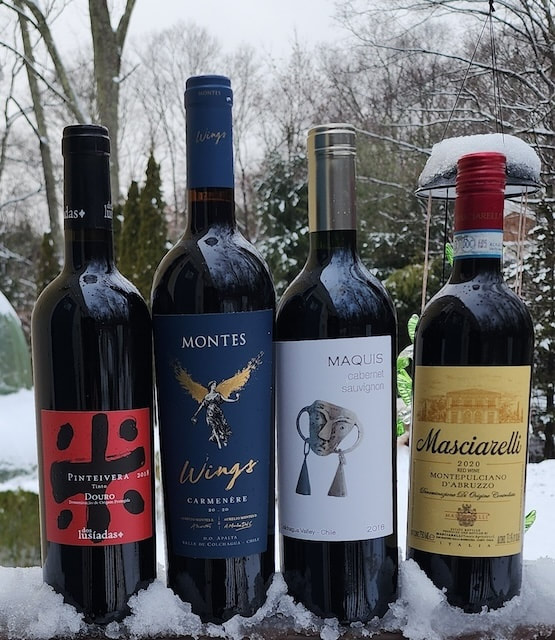
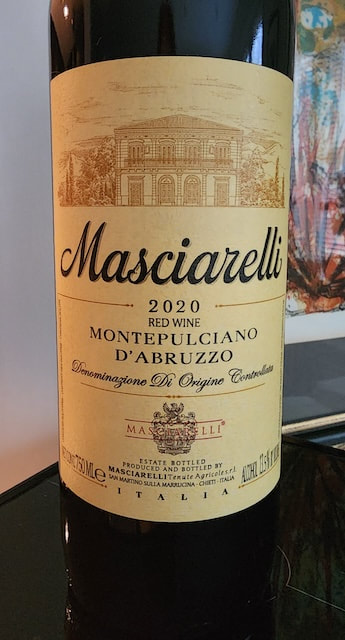
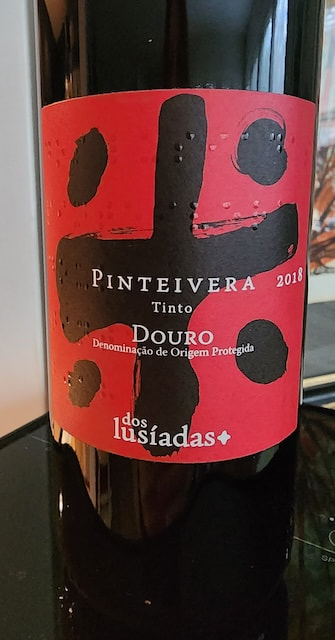
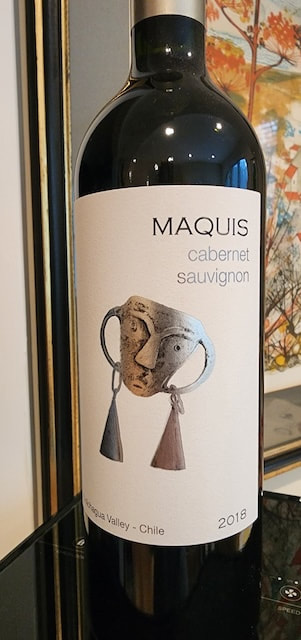
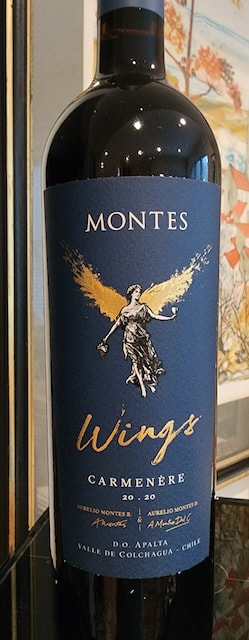
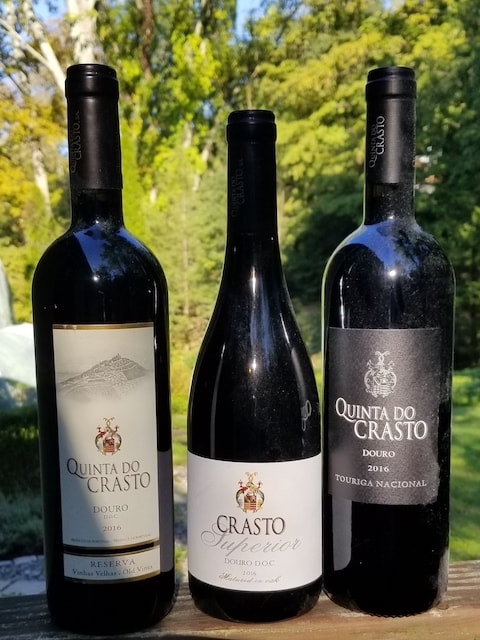
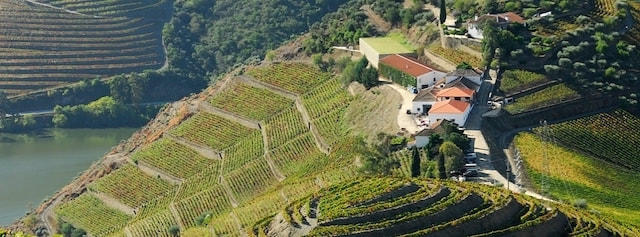
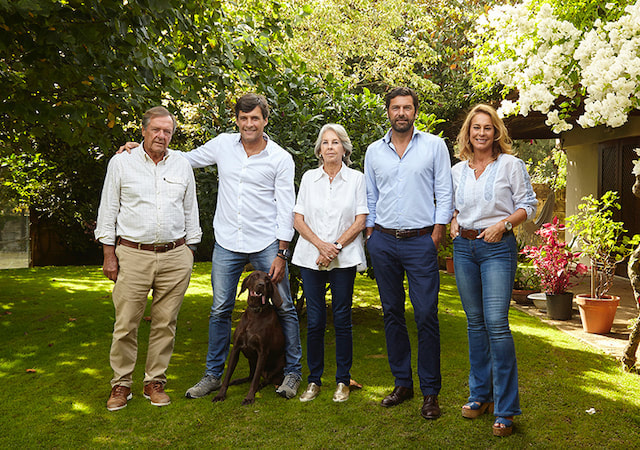
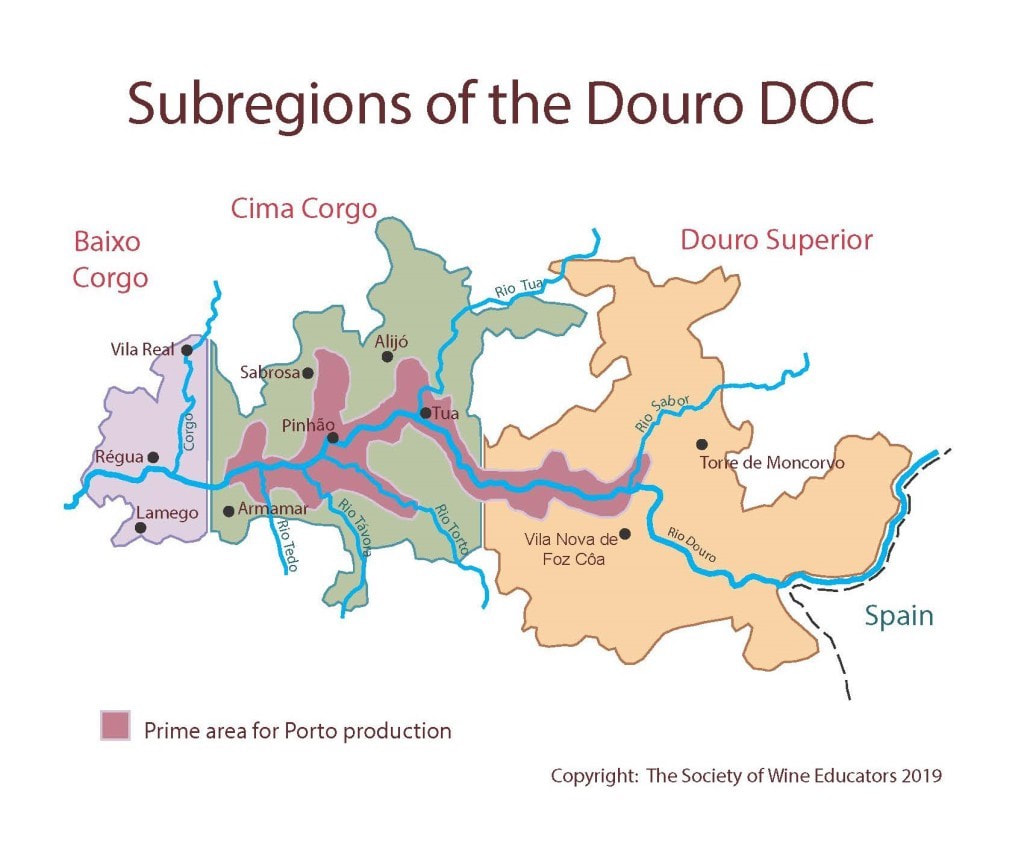
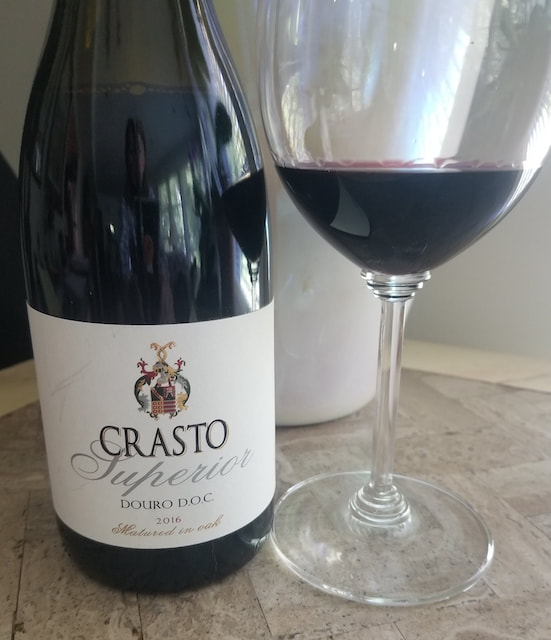
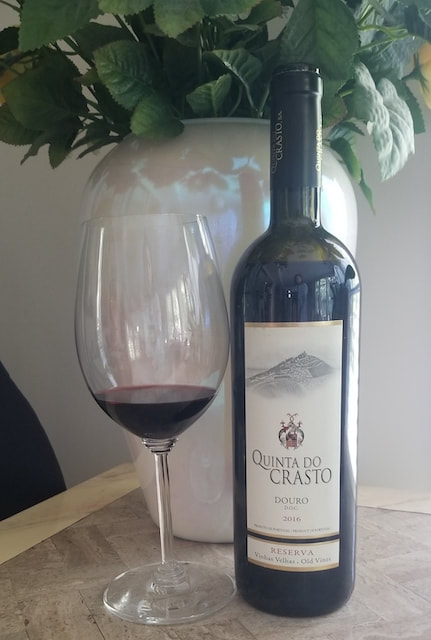
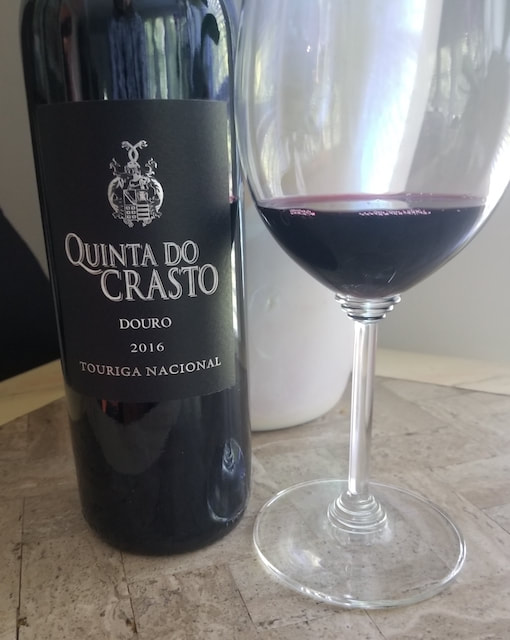
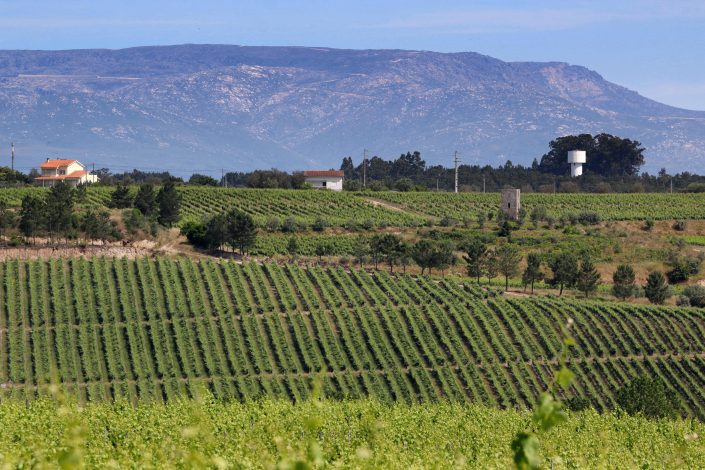

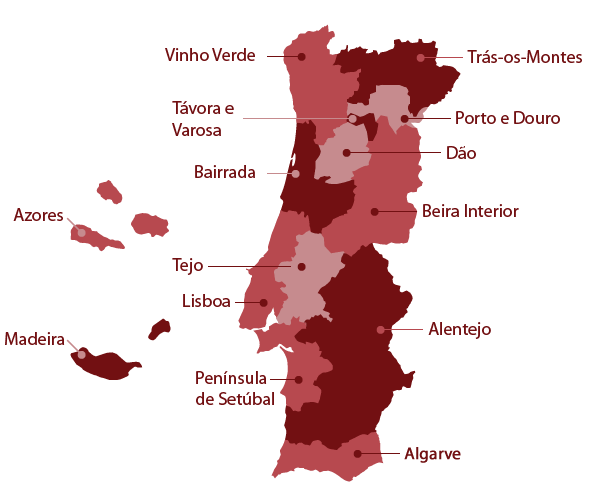
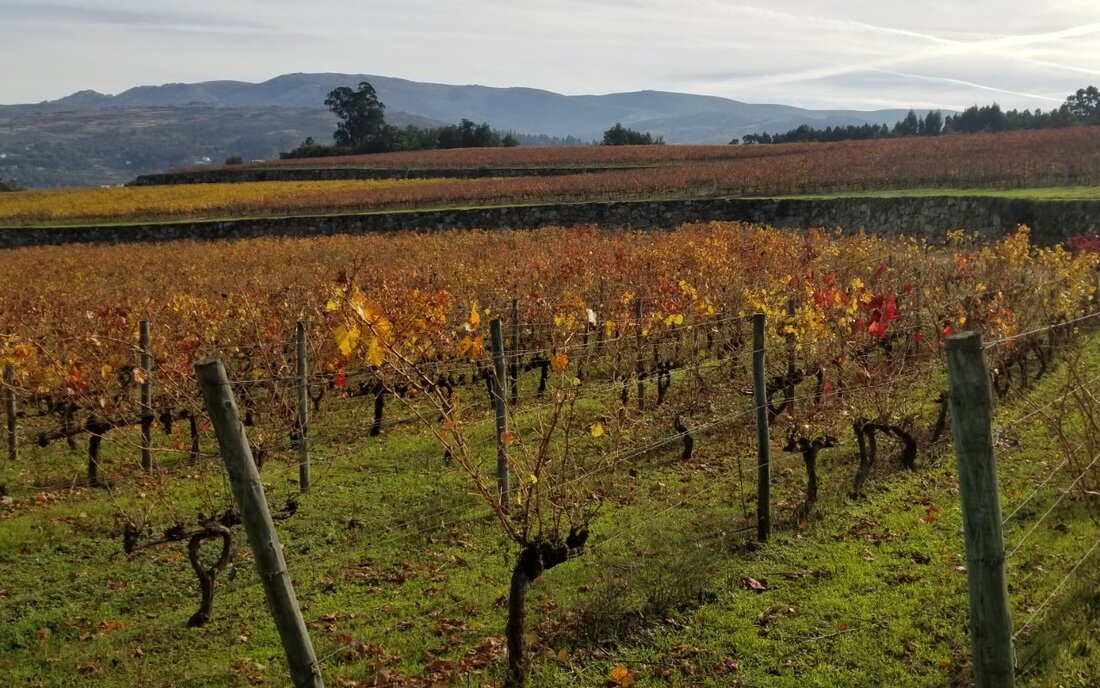
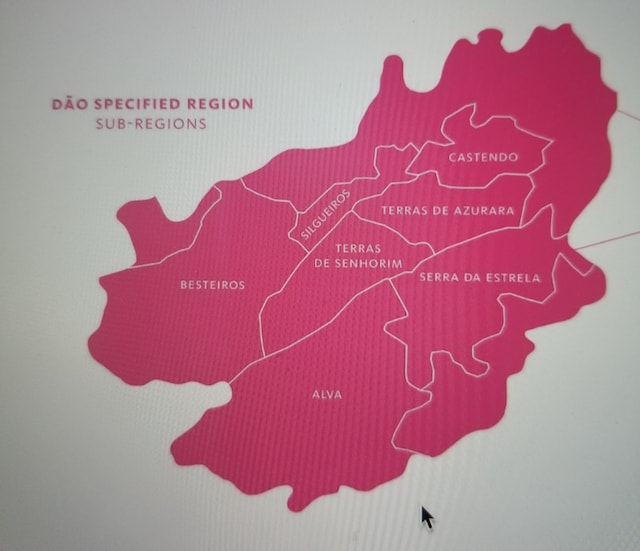
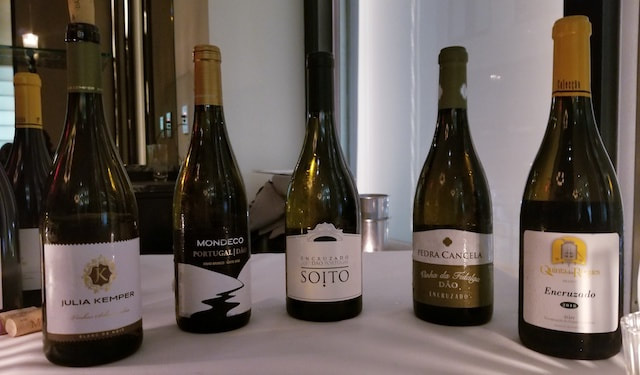
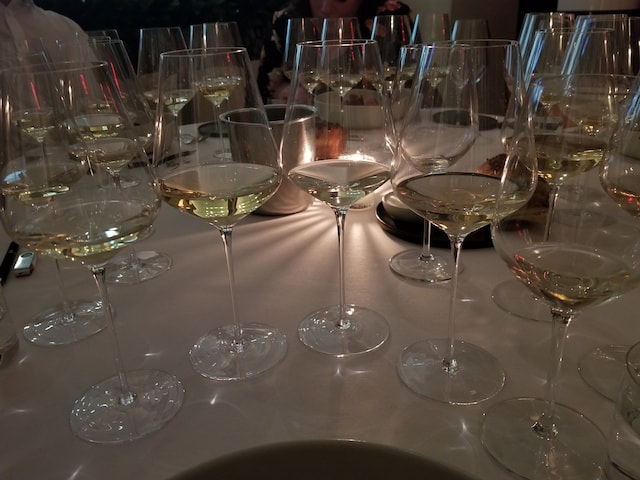
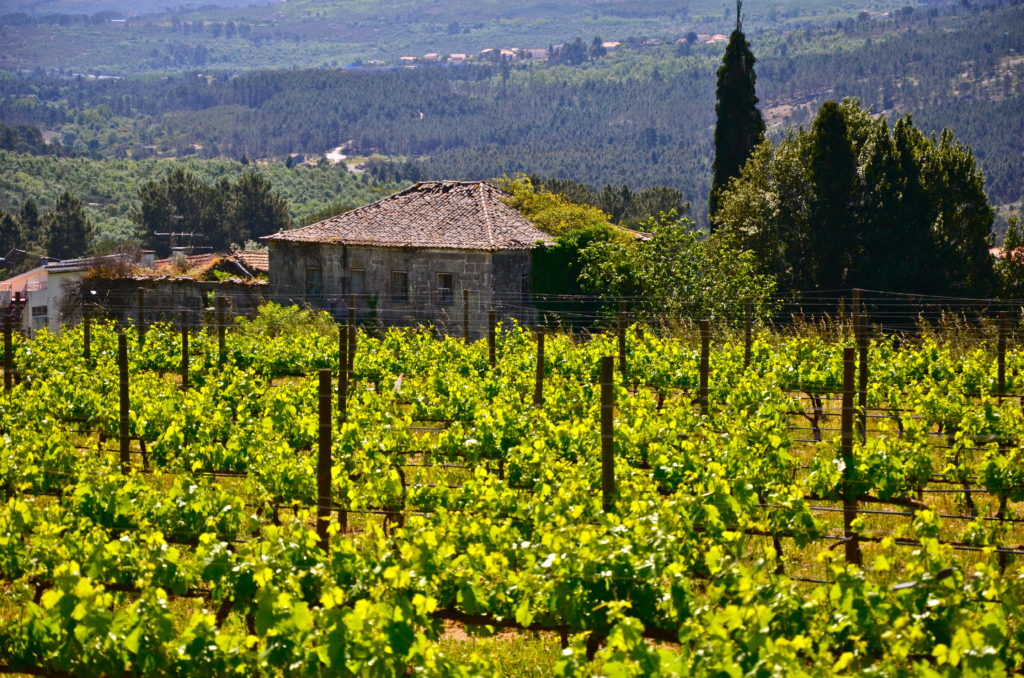
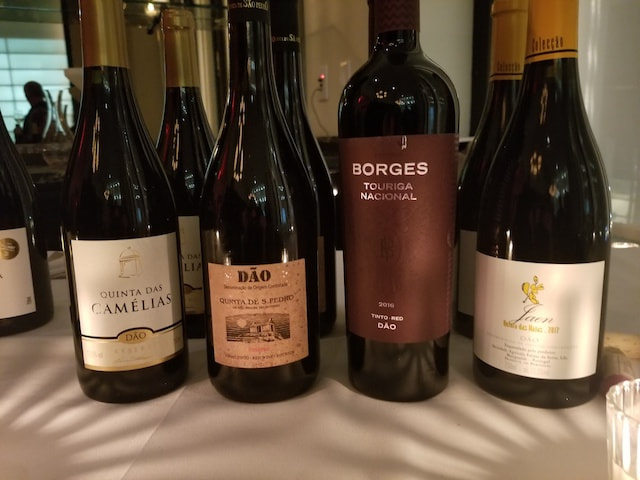
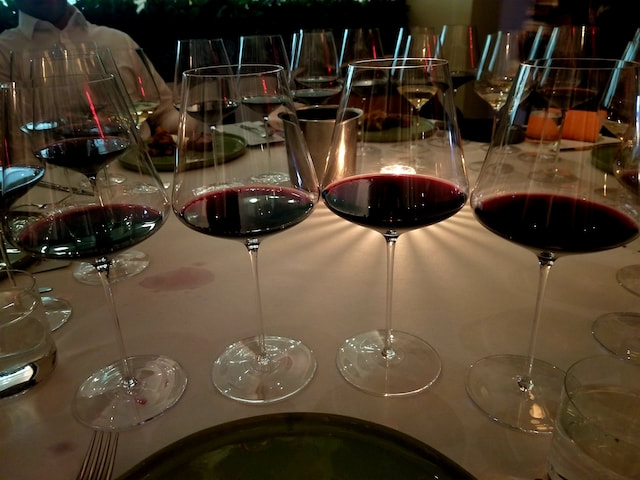
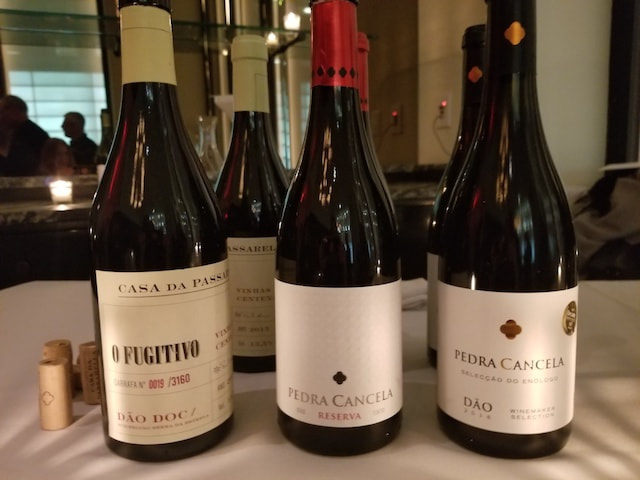
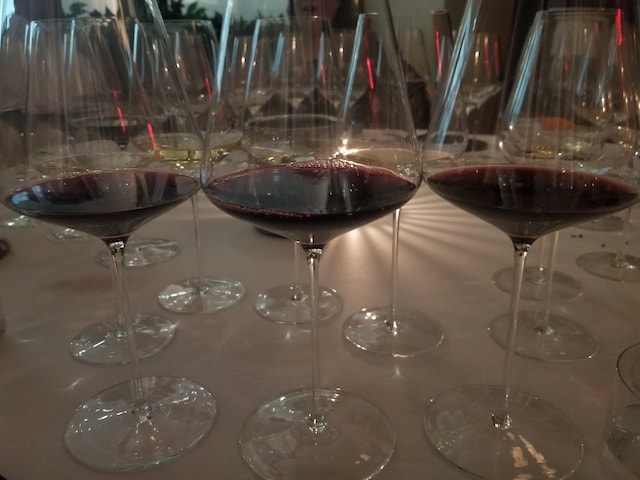
 RSS Feed
RSS Feed